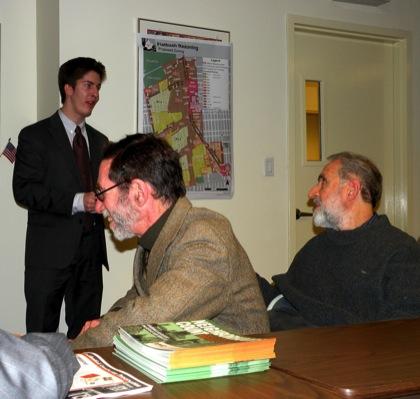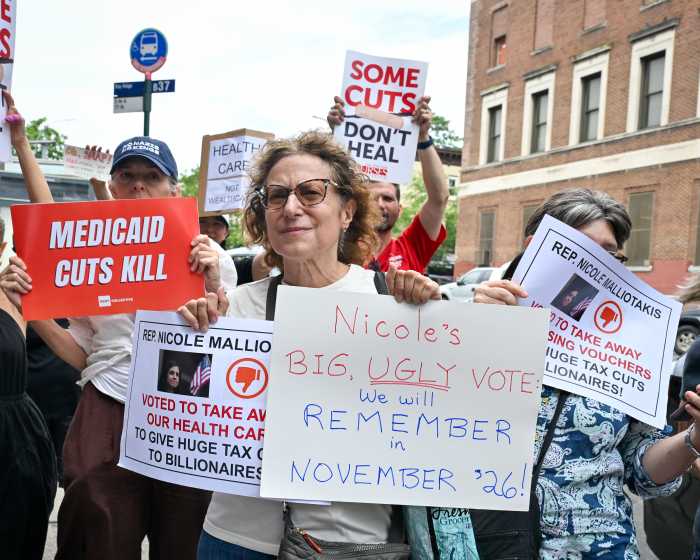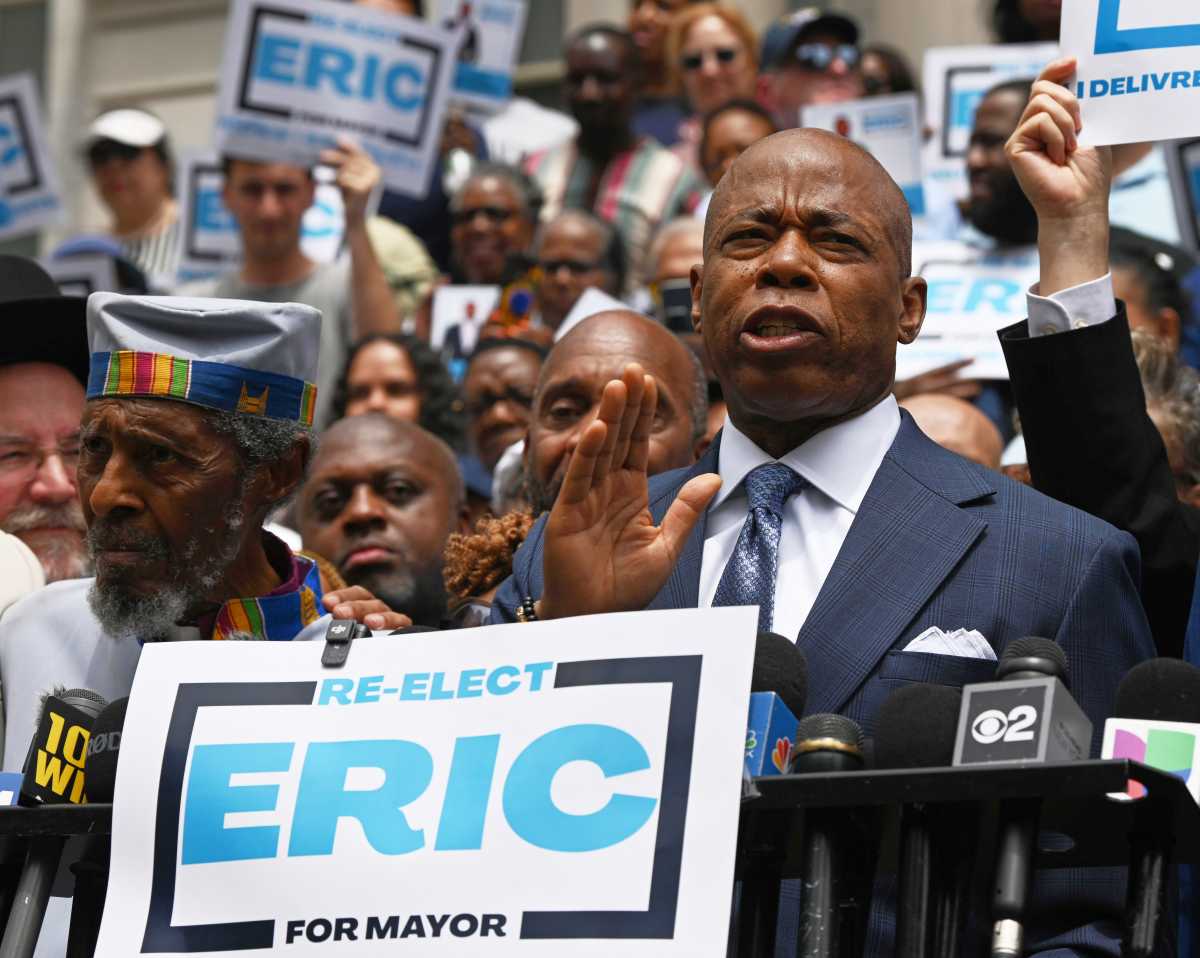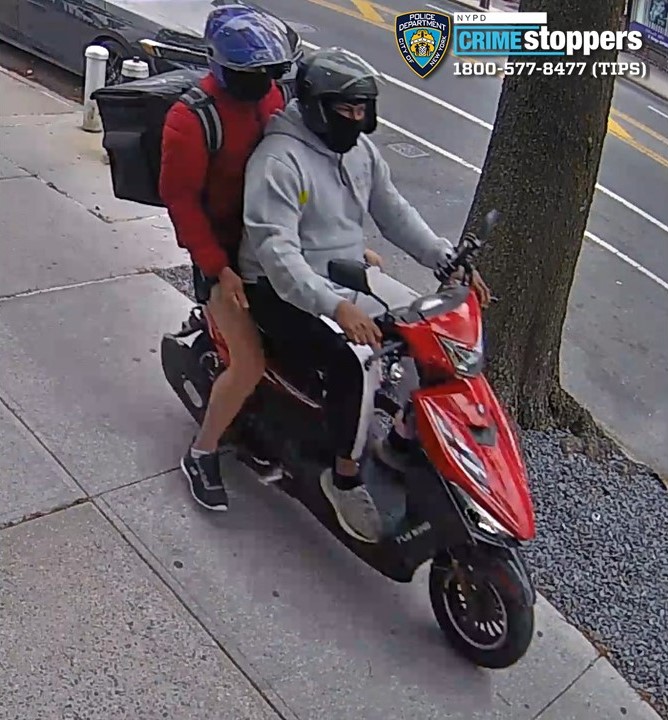One local volunteer group is poised to support a proposal to revamp the city’s zoning to curb the proliferation of curb cuts and front-yard parking pads.
Members of Community Board 14 gathered recently at the board office, 821 East 16th Street, to learn the details of the Residential Streetscape Preservation Text Amendment developed by the Department of City Planning (DCP) prior to voting on the plan, which they will do at their next general meeting, January 11, at 7:30 p.m., at Edward R. Murrow High School, 1600 Avenue L.
The text amendment was released by DCP on November 16, and is now undergoing public review, with community boards, borough boards and borough presidents asked to comment on it by January 25, 2010.
Overall, the goal of the amendment is to protect the character of residential communities which are being altered as more and more people cut the curbs and pave over their gardens. To that end, it makes numerous changes in existing zoning to eliminate loopholes now being taken advantage of.
The amendment, stressed David Parish, a city planner with DCP’s Brooklyn office who made the presentation, “is about preserving the look of neighborhoods as they exist today.”
For example, the amendment tightens the regulations regarding unpaved space that were the key to the 2008 Yards Text Amendment.
“What we’ve seen,” explained Parish, “is that people have taken the planting requirement and used it in creative and unintended ways.”
To make sure the “intent” of the amendment is honored, said Parish, the new text amendment requires that planting areas be a minimum of a foot in width, and, while allowing “planting in driveways,” the amendment prevents such plantings from counting toward the planted area requirement triggered by new construction or significant alterations to an existing building.
In addition, the amendment eliminates the ability of homeowners to add curb cuts and parking pads in many areas of the city if their property is less than 35 feet in width.
“We are trying to limit curb cuts to wide lots where there’s room for a driveway,” Parish noted.
The amendment also adds curb cut regulations to commercial districts and zoning districts characterized by large multifamily apartment buildings that today have no such rules, said Parish.
Under the amendment, new development requiring 50 or fewer parking spaces will be allowed one 11-foot curb cut. Larger developments will be allowed two 11-foot curb cuts or one 22-foot curb cut, Parish said.
Besides adding restrictions to limit the number of curb cuts, the changes are also meant to make the sections of the city’s labyrinthine Zoning Resolution that deal with curb cuts easier to understand and to enforce, said Parish.
Curb cuts %u2013 that take away on-street parking and lead to front-yard parking pads that are out of synch with the character of existing blocks %u2013 are clearly a sore spot with board members and area residents who turned out for the hearing.
“We see egregious destruction of curbs, and we know it’s not legal,” asserted board Secretary Joseph Dweck. “We’re all living this. That’s the frustration.”
“The violations are so extensive in certain areas that you can walk up a block and there’s no on-street parking because every curb has been cut,” complained South Midwood resident Warren Dingott.
While curb cuts that were made legally before the amendment goes into effect will be grandfathered in, the amendment will not legalize those that were made without the proper permits, Parish said.
“I think that, at this point, any clarification of the rules that would make it easier to enforce the rules creates a benefit,” remarked Alvin Berk, the board’s chairperson, before the members present agreed to recommend that the board as a whole back the text amendment.























